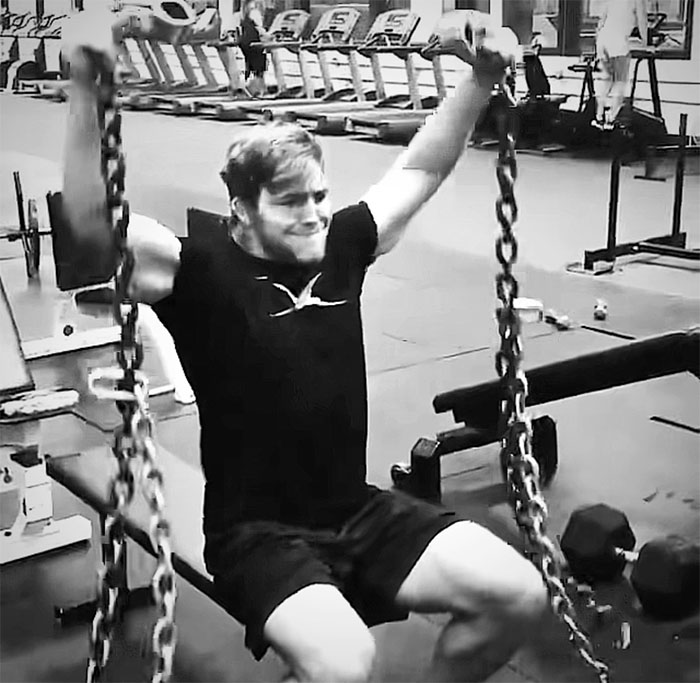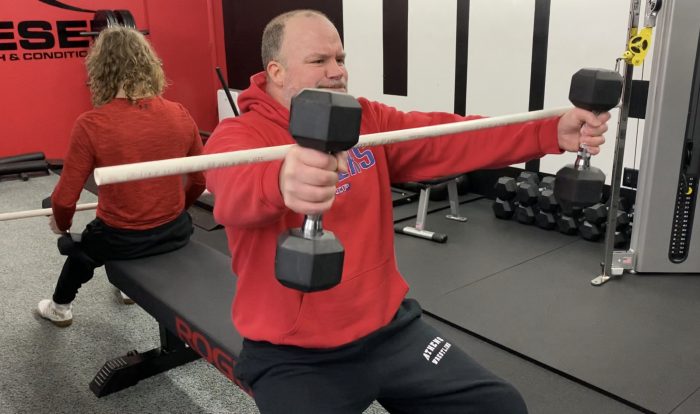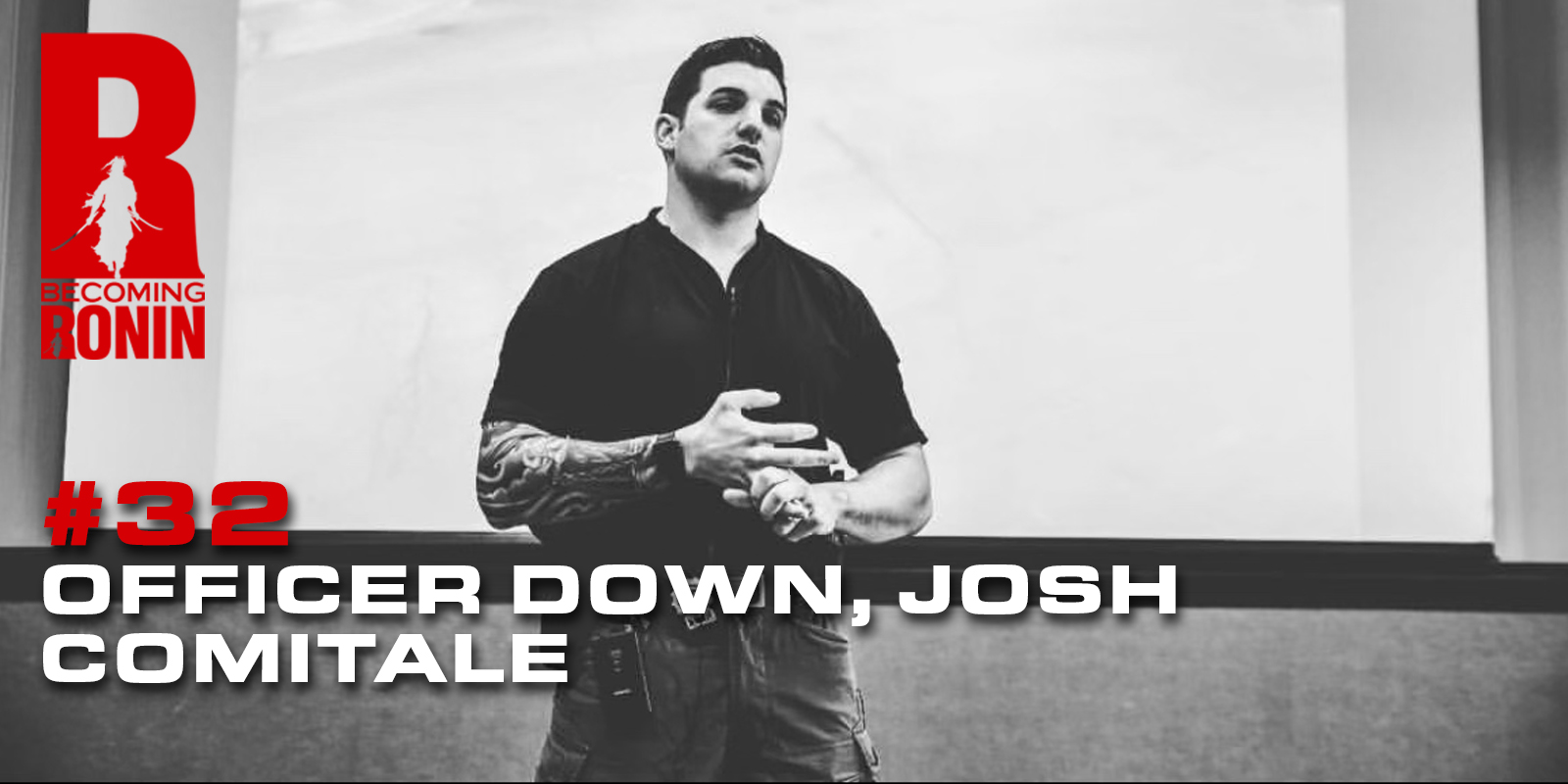A New Way to Build Your Biceps – Simple and Effective Techniques – Part 2
A New Way to Build Your Biceps
Simple and Effective Techniques – Part 2
They say the turtle always wins the race because steady, continuous effort always pays off over uncontrolled action without direction. Well, the same could be said for training, and more specifically, tempo. Tempo is defined as the time it takes you to complete a repetition for an exercise. And because tempo is one of the primary training variables (others include: load, rest period, total volume, implement used), manipulating it can provide different training effects.
The Need for Speed
Tempo is defined in seconds and can be broken down into the time it takes to perform each phase of a repetition. If you add up the time it takes to perform each repetition and multiply that by the total number of reps in the set, you will get your total time under tension or TUT. This variable should be monitored to manage fatigue and keep the quality of the repetitions high. As a side note, tracking the total time under tension vs. rest periods for the entire workout can provide you with a baseline of your work capacity.
Tempo
Eccentric – time it takes to lower (in seconds), muscle lengthens
Isometric – time between the eccentric and concentric phases (in seconds), no change in muscle
Concentric – time it takes to raise (in seconds), muscle shortens
Isometric – time between the concentric and the eccentric phases (in seconds)
Example: Bench Press, Tempo 3111
Eccentric – 3 seconds to lower the weight
Isometric – 1 second pause
Concentric – 1 second to raise the weight
Isometric – 1 second pause
Special Note: If someone specifies an “X” tempo, that implies as fast or as explosive as possible. You typically see this with dynamic, ballistic or compensatory acceleration training (CAT, Dr. Fred Hatfield) efforts
A New Direction / A New Stimulus
The majority of the time, when training arms in the gym we engage a slow, deliberate tempo (think the tortoise). This is because the exercises are typically isolation movements and because the majority of microtrauma associated with muscle building efforts happens during the eccentric phase. So to maximize the training efforts, a slower more deliberate tempo is performed.
But as adaptation occurs and plateaus are reached (SAID Principle) there is only so much weight you can add (Principle of Progressive Overload) to any isolated movement before form is compromised and the risk outweighs the benefits. Isolation exercises do play a big role in your workout as your training age matures or you are targeting a weakness or injury. But challenging yourself with different exercises and modifying other workout variables is the key to avoiding plateaus and continuing to adapt.
Utilizing a variety of compound movements, and blending them with your isolation work, can be a great weight to add variety and overload the musculature to a greater extent – which is what we focused on in Part 1 of this article series. Now, we will look for other opportunities to build muscle mass by modifying our tempo.
Greater Muscle Fiber Recruitment
Modifying the tempo can provide new training stimulus to your muscle building efforts. We will perform faster movements, targeting a 1 sec to “X” tempo. But for this technique we have to use something other than a dumbbell. We need a variable resistance that matches our natural levers; i.e., less tension when we are at a mechanical disadvantage (obtuse elbow joint angle) and more resistance when we are the strongest (acute elbow joint angle).
The elastic band is a perfect fit.
So if we change our tempo (make it faster, example: 11X1) and utilize an elastic band, we’ll be activating motor units and recruiting more muscle fibers faster. This will improve our intramuscular coordination and if the tension and speed is sufficient enough, make us neurologically more efficient. This “speed” variation is a perfect addition to heavier dumbbell loaded movements that are performed with a more deliberate tempo. Instead of performing a superset or giant set with the same movement pattern where all of the reps are controlled, try the variation in the video below, to kick up the intensity of the set. Thibaudeau calls this using “the same movement pattern, just working different capacities.” (1)
Training your arms really is an individual thing. Many people can use the barbell their entire life and never have any problems. But for many others, including myself, utilizing rigid implements that fix your joints into a locked position while under load, it is a recipe for ongoing pain and inflammation. In Part 1 of the series, I should you some alternatives to the barbell and in this final installment, how we can modify the tempo to further push the envelop and kick your training up a notch.
Special Note 2: This technique also works amazingly well for: a complex of heavy barbell or db tricep work supersetted with high repetition banded tricep extensions and for heavy hamstring work, supersetting barbell RDL’s and banded leg curls.
References:
1. Thib’s 35 Minutes to Hardcore Muscle, TESTOSTERONE® MAGAZINE – ISSUE 634, 6/2010
By Smitty on October 5th, 2011
FREE DIESEL NEWSLETTER
- Discover Pain Free, Joint-Friendly Training
- Get Super Effective Workouts and Programs
- Inspirational Life Lessons Each Week
- Effective Habits For Busy Entrepreneurs

















GREAT column and advice (as always) Smitty!
Hey man!! Speed Rules! There aren’t to many trainers that incorporate bands like this, and it is safer when the lactid acid builds up in the muscle you dont have to worry about a dumbell, just go to a lighter band like you did. Hope more trainers looking at this really take it seriously.